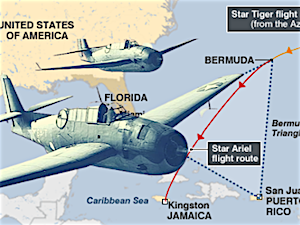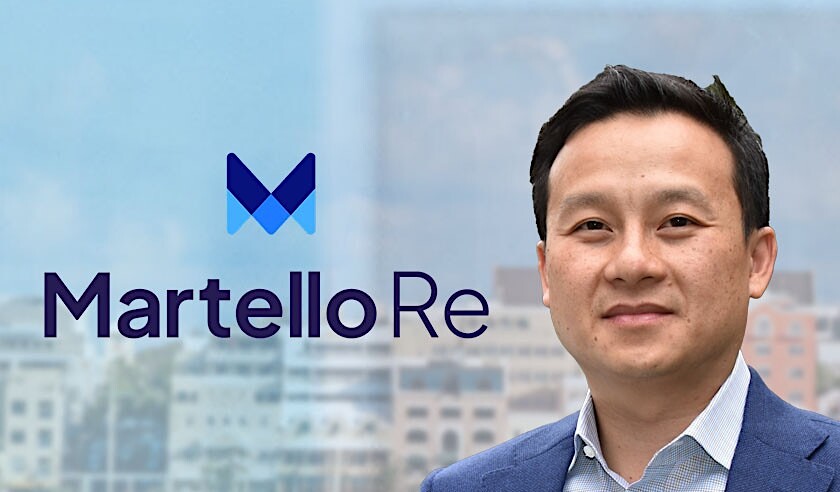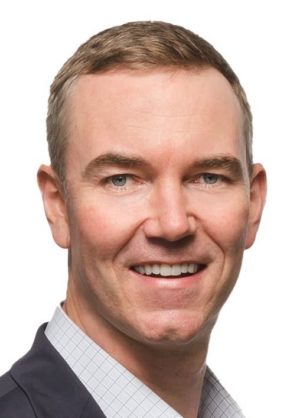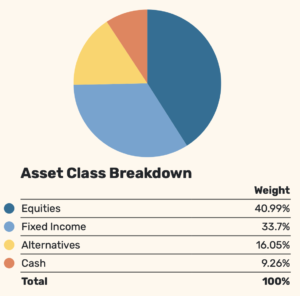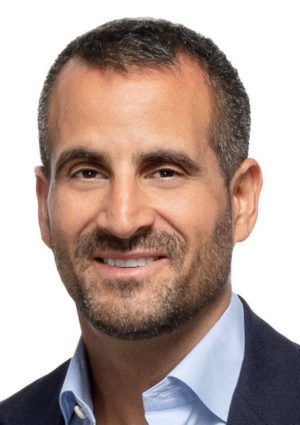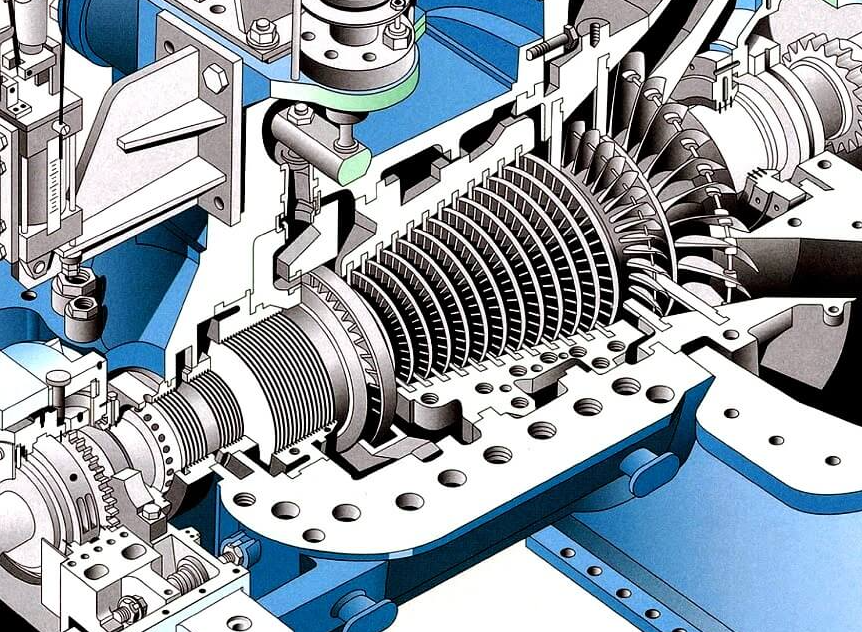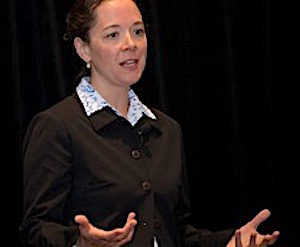
What is annuity reinsurance, and how did it become one leg of the three-legged Bermuda Triangle strategy, as we call it?
To put it another way, how did an esoteric tool for repairing the balance sheets of life insurance companies evolve, especially when big buyout firms apply it, into a nearly essential ingredient for sales leadership in the half-trillion-dollar fixed indexed annuity business?
Attempts to explain this arcane phenomenon are complicated by the fact that several versions of annuity reinsurance exist. It is used by different kinds of life/annuity companies, with different kinds of counter-parties, for different reasons, across domiciles with different accounting standards.
But you can’t understand the direction of the annuity business today without understanding a certain type of annuity reinsurance, especially modified coinsurance, or “modco.”
Back when most life insurers were policyholder-owned, mutual companies, a life insurer sold life insurance or annuities, collected installment or single premiums from policyholders, invested the premiums mainly in corporate bonds on public markets. The company paid out either a lifetime income (to an annuity owner) or a lump sum benefit (to a life insurance policyholder’s beneficiaries).
If the life insurer invests the premiums conservatively and predicts mortality rates and life expectancies more or less accurately, then the premiums themselves, plus the earnings they yield when invested, will cover all claims and costs and generate a profit for owners of the life insurance company. The company’s owners or shareholders add their own capital to the premiums as a buffer against losses, or against the mere threat of potential losses.
The risky part, for the life insurer, is that the investments might lose money, and require the life insurer to add more capital to the pot as a buffer against losses. The insurer experiences a kind of margin call. Regulators react by requiring the life insurer’s owners to put up more capital.
The Great Financial Crisis made this situation a reality—suddenly, when stocks crashed, and slowly, when the Fed lowered interest rates. To raise new capital, a life insurer’s owners can reach deeper into their own pockets. Or they can solicit capital from new investors. They could also try to increase sales and attract more premiums, or invest in riskier investments in hopes of greater returns. But they can dig even deeper holes for themselves if they do those things.
Another solution is to contact a reinsurer—an insurance company for insurance companies—that can provide capital in return for full or partial ownership of the assets and liabilities that comprise blocks of annuity contracts. This form of refinancing in effect returns some or all of the owner’s capital—the buffer against losses—backing the annuities to the pockets of the life insurer’s owners.
During and after the financial crisis, some life/annuity companies worked with third-party reinsurers. Some larger firms practiced a kind of self-reinsurance with internal, “captive” reinsurers. Some sold their annuity businesses and repositioned themselves. Some sought buyers for the whole life insurance company—at attractive discounts.
Large, deep-pocketed “alternative” asset managers saw an opportunity here to enter the life/annuity business. The fixed indexed annuity business, the most vigorous part of the annuity business, requires the management of more than $500 billion in Americans’ retirement savings. Asset managers believed they could manage those assets to better returns than insurers could.
In addition, the sale of indexed annuities is a source of leverage—the incoming premiums don’t have to be paid back for up to 10 years, in some cases, and can be invested in the kinds of high-yielding private, illiquid real estate and loan securitizations that the alternative asset managers themselves create and sell.
It was also clear that reinsurance could be used to reduce the amount of capital needed to run the annuity business. That strategy could be especially effective if the reinsurer was based in jurisdiction—Bermuda, for example, where it could use Generally Accepted Accounting Principles (GAAP) instead of the more stringent Statutory Account Principles (SAP) required of life insurers in US. Bermuda is also less strict about the types of assets that a reinsurer can hold.
Some alternative asset managers created “Insurance Solutions” departments to show life insurers how to use private credit to increase their yields, how to reduce or shift their capital burdens, and how to increase their profits (a factor of huge importance to publicly traded life insurers). And some alternative asset managers decided to go all in: buying their own life/annuity companies, issuing their own annuities, setting up their own reinsurers in a GAAP jurisdiction, and managing all the assets.
RIJ calls this three-way business model the “Bermuda Triangle.”
A Bermuda Triangle strategy involves:
- A US-domiciled life insurer with a focus on the sale of fixed-rate and/or fixed indexed annuities as a way to gather five-figure, six-figure or even seven-figure lump sums from savers—annuity premiums—for subsequent investment.
- A global asset management company with expertise in the origination of “leveraged loans” to borrowers with predictable revenue streams (think subscription businesses like Spotify, or cell tower leasing companies), as well as the bundling of those loans into opaque and illiquid securities.
- A reinsurer that has expertise in complex types of reinsurance called modified coinsurance or funds withheld reinsurance. The insurer needs to be based in Bermuda, the Cayman Islands, or one of the US states that allow the use of Generally Accepted Accounting Principles (GAAP).
- The exercise of “regulatory arbitrage” between the tight capital requirements of SAP and the relatively flexible requirements of GAAP.
These ingredients can be used for financial alchemy. The “modco” or “funds withheld” reinsurance reduces the life insurer’s liabilities and releases some of its excess capital—but without reducing the life insurer’s assets or shrinking its business. The life insurer becomes more profitable, the asset manager gets billions of new dollars to manage and/or lend, and the reinsurer solicits outside capital to back the liabilities that the original life insurer no longer holds.
But is it proper? Is the Bermuda Triangle an insurance business-model or an investment business-model masquerading as insurance, in which selling annuities is simply a way to gather “permanent capital,” as Triangle practitioners call it, for translation into loans that are subsequently bundled into illiquid collateralized loan obligations (CLOs)?
Or is this a case where alternative asset managers are in effect declaring to US state regulators, by employing complex offshore reinsurance strategies, that SAP accounting standards are obsolete—that they are too strict for regulating fixed indexed annuities? Either way, it may be time for regulators to act, or to revisit the regulations.
© 2022 RIJ Publishing LLC. All rights reserved.



